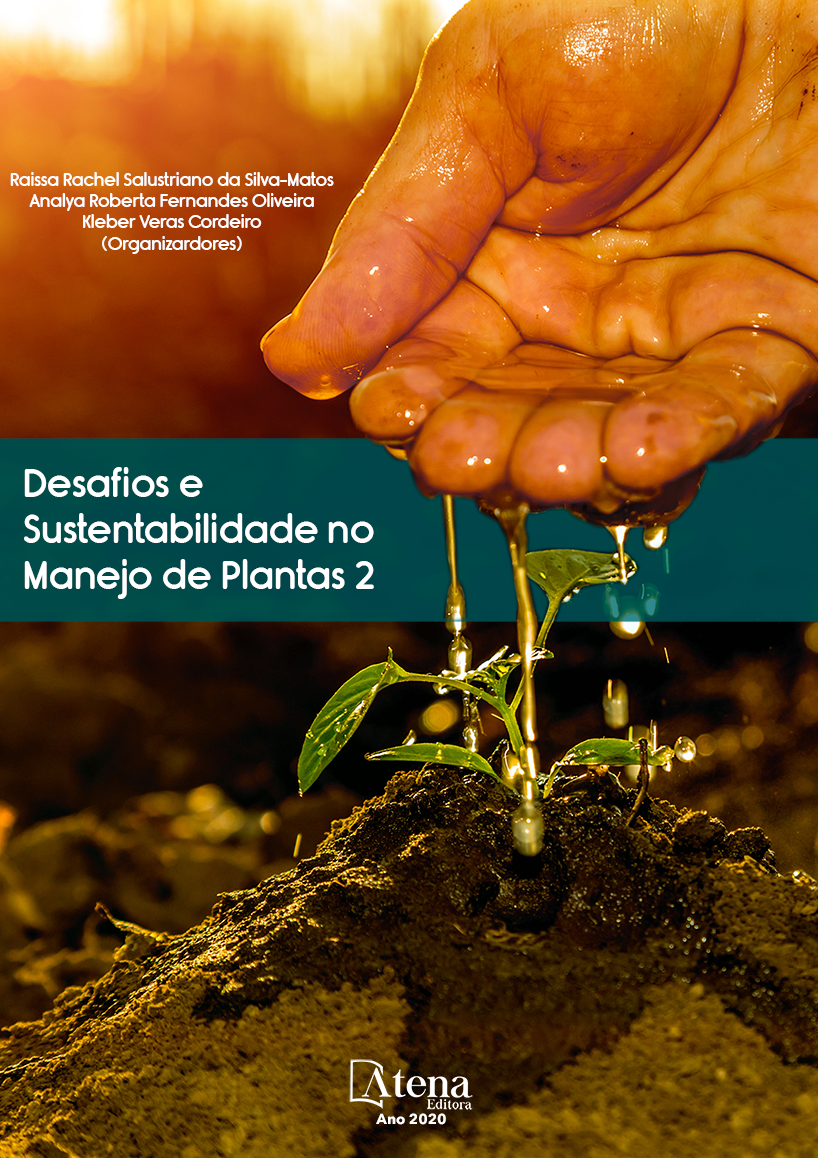
USO DE CASCA DE EUCALIPTO E MOINHA DE CARVÃO NA COMPOSIÇÃO DE SUBSTRATOS DE MUDAS DE Eucalyptus urophylla
O trabalho teve por objetivo avaliar o uso de casca de eucalipto e moinha de carvão como componentes do substrato de produção de mudas de Eucalytus urophylla no viveiro do IFMG em São João Evangelista/MG. Foram testados sete tratamentos constituídos por diferentes combinações de três componentes (produto comercial Maxfertil®, casca de eucalipto triturada e moinha de carvão), estabelecidos em um delineamento em blocos casualizados (DBC) com cinco repetições. Os atributos morfológicos avaliados nas mudas (altura total, diâmetro do coleto e peso da matéria seca) aos 145 dias após a semeadura foram significativamente influenciados pelos substratos. Os tratamentos T1, T2, T3, T4 e T6 proporcionaram as maiores médias para o Índice de Qualidade de Dickson (IQD), que não diferiram estatisticamente entre si e foram superiores ao T5 e T7 (Teste Tukey, p<0,05). Os resultados indicam que é possível reduzir a utilização do produto comercial na composição do substrato final, mantendo-se a qualidade das mudas produzidas, o que pode representar uma redução no custo de produção nos viveiros florestais, além de proporcionar uma destinação mais adequada e sustentável para os resíduos florestais casca e moinha de carvão.
USO DE CASCA DE EUCALIPTO E MOINHA DE CARVÃO NA COMPOSIÇÃO DE SUBSTRATOS DE MUDAS DE Eucalyptus urophylla
-
DOI: 10.22533/at.ed.7112027055
-
Palavras-chave: resíduos florestais, mudas de Eucalyptus urophylla, Índice de Qualidade de Dickson
-
Keywords: forest waste, Eucalytus urophylla seedlings, Dickson Quality Index
-
Abstract:
The objective of this work was to evaluate the use of eucalyptus bark and fine charcoal as components of the substrate for the production of Eucalytus urophylla seedlings in the IFMG nursery in São João Evangelista / MG. Seven treatments were tested, consisting of different combinations of three components (commercial product Maxfertil®, crushed eucalyptus bark and fine charcoal), established in a randomized block design (DBC) with five replications. The morphological attributes evaluated in the seedlings (total height, stem diameter and dry matter weight) at 145 days after sowing were significantly influenced by the substrates. The T1, T2, T3, T4 and T6 treatments provided the highest averages for the Dickson Quality Index (DQI), which did not differ statistically and were superior to the T5 and T7 (Tukey test, p <0.05). The results indicate that it is possible to reduce the use of the commercial product in the composition of the final substrate, maintaining the quality of the seedlings produced, which may represent a reduction in the cost of production in the forest nurseries, in addition to providing a more adequate and sustainable destination for forest waste eucalyptus bark and fine charcoal.
-
Número de páginas: 12
- Maria José Miranda Cordeiro
- Natália Risso Fonseca
- Bruno Oliveira Lafetá
- Ivan da Costa Ilhéu Fontan


